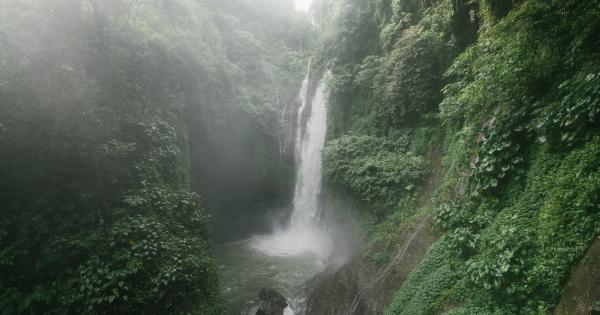Science has always been a field where teamwork and collaboration are essential components. The idea of bringing together the brightest minds to tackle some of the most complex problems facing our world is inherently compelling.
However, over the years, the size of scientific projects has grown exponentially. The rise of “big science” has brought about many positive results, but it also has some downsides that need to be acknowledged.
The Advantages of Big Science
Before examining the potential downsides of “big science,” it’s important to first acknowledge the many advantages that come with large-scale scientific projects. Here are just a few:.
Access to Resources
One of the most significant advantages of big science is the access to resources that it provides. These projects typically require massive amounts of funding, equipment, and personnel, all of which would be impossible to muster for a smaller project.
With the resources available in big science, researchers are able to tackle problems that would otherwise be outside the realm of possibility.
Collaboration and Networking
Big science projects bring together researchers from all over the world, creating massive networks of experts in different fields.
This collaboration allows for the exchange of ideas and knowledge, which can lead to breakthroughs that would not be possible in a more isolated environment.
Public Attention and Funding
Large-scale scientific projects tend to capture the public’s attention in a way that smaller projects cannot.
This increased visibility can lead to more funding for science as a whole, as well as political and social support for scientific research.
The Downsides of Big Science
While big science has many advantages, it’s not without its drawbacks. Here are some of the potential downsides of large-scale scientific projects:.
Slow Progress and High Cost
Big science projects can take decades to complete and require enormous amounts of funding. It’s not uncommon for projects to go over budget, which can be a problem when the source of funding is from government agencies with finite resources.
Additionally, because of their scale, big science projects can be slow to yield results, which can be frustrating for researchers who are working on these projects for their entire careers.
Management Challenges
Managing a big science project is no easy feat. The sheer number of personnel and the complexity of the project can make it difficult to coordinate and keep track of progress.
Mismanagement and communication breakdowns can lead to delays, budget overruns, and other issues that can impact the success of the project.
Loss of Creativity and Innovation
Big science projects can be so focused on a particular goal that they may overlook other areas of research that could be equally important.
Additionally, the need for large-scale funding and resources can lead to a focus on “safe” research, rather than risky or innovative projects that could lead to major breakthroughs.
Unequal Distribution of Benefits
Big science projects tend to be concentrated in a few wealthy nations and institutions, meaning that researchers in other parts of the world may not have access to the same opportunities and resources.
This can create an unequal distribution of benefits, where the institutions and researchers who are able to participate in big science projects gain an unfair advantage over others.
Conclusion
Big science has allowed researchers to solve some of the world’s most pressing problems and push the boundaries of human knowledge. However, it’s important to acknowledge the potential downsides of large-scale scientific projects.
By addressing these challenges directly, we can ensure that big science projects continue to drive innovation and progress, while also being aware of their limitations.


























